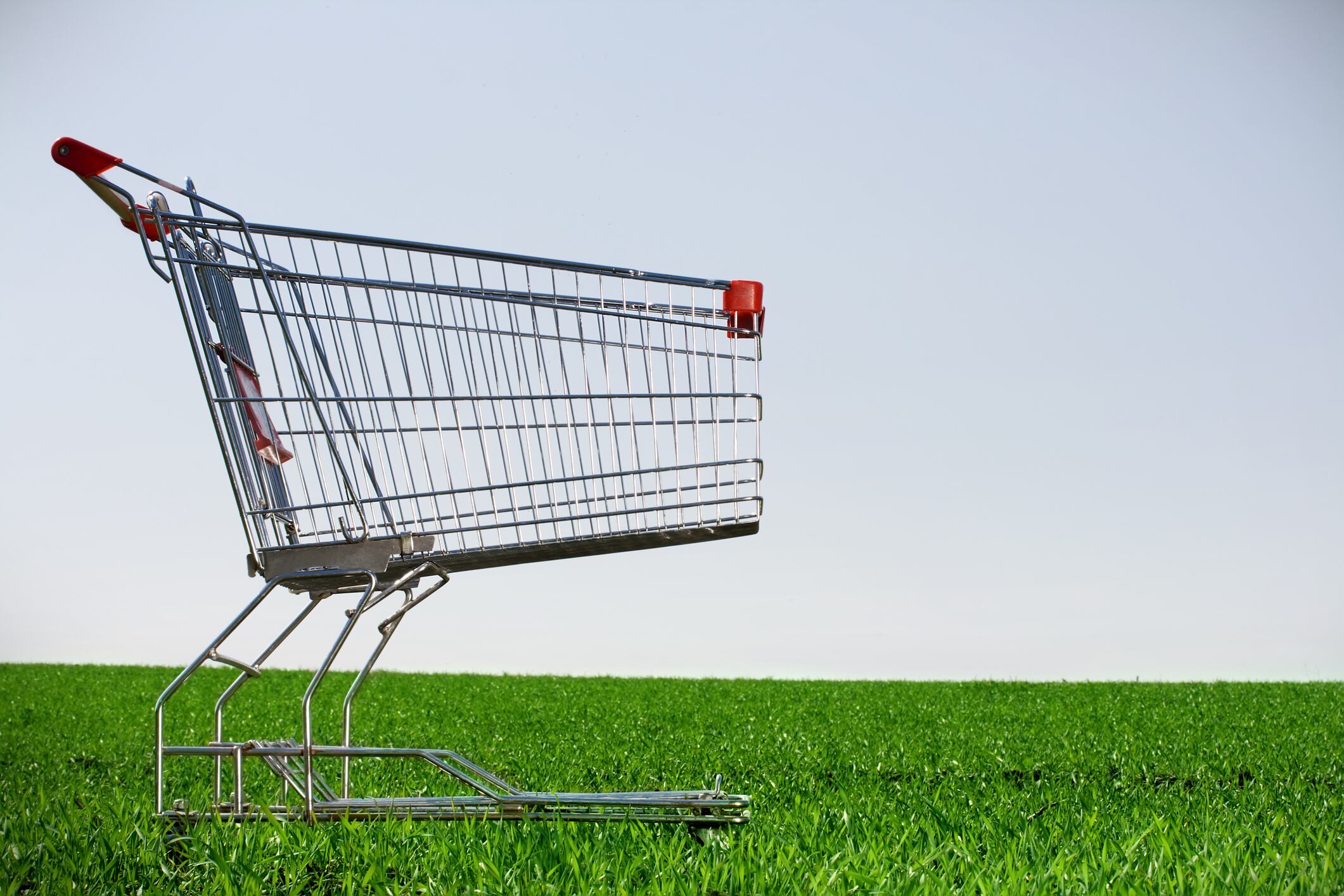On-pack claims carry a lot of weight in the food and beverage world.
Claims about nutrients such as fibre and protein are growing. Nutritional on-pack labelling, such as Nutri-Score, has been a subject of fierce debate, as has eco-labelling. Some on-pack claims, such as ‘allergen-free’, could even mean the difference between life and death.
Claims that a product has been made with regenerative agriculture, on the other hand, are relatively unknown. But this is changing.
Are regenerative agriculture claims common?
Consumer perception of regenerative agriculture is largely positive, research suggests. While most don’t have in-depth knowledge of the methods it involves, many people are aware of its existence.
Despite this, on-pack claims are “rare, but growing,” explains Meghan Sapp, external relations director of the European Alliance for Regenerative Agriculture (EARA).
There are more than 250 regenerative agriculture schemes around the world. Of these schemes, only a few are making on-pack claims.
For example, British bakery Wildfarmed makes the claim on bread and now, in partnership with the brand Jubel, on beer. The Land to Market (L2M) and Regenerative Organic Certified (ROC) schemes are used on products in the US, although L2M now has very limited presence in Europe. Swiss-based AgriPurpose is very new, although its precursor, AgriCircle, is widespread.
“The concept is gaining momentum within the agricultural and food industries, but consumer awareness is still relatively low due to the absence of a unified definition,” explains Ilario Ingravallo, mission lead for reducing risk for a fair and resilient food system at EIT Food.
Such claims are appearing more often in the EU, he explains, but are not yet widespread.
Nevertheless, growing consumer awareness of regenerative agriculture could change all this. Such increasing interest “may call for an increase in regenerative agriculture on-pack claims, leaving brands cautious about making explicit claims on pack.”
However, the accompanying increase in prices could pose a significant problem for consumers. There is also the ever-present risk of greenwashing.
Claims are most often found “on products whose quality is directly influenced by the core principles and practices of regenerative agriculture itself and where consumers are particularly responsive to environmental messaging.”
Fitting this description, explains Ingravallo, are often foods such as fruits, vegetables, grains, cereals, and even some animal products.
How do claims define ‘regenerative’?
Perhaps the most significant issue in regenerative agriculture is the lack of an agreed-upon definition of just what, exactly, it is.
Industry association Sustainable Agriculture Initiative (SAI) has one. Companies including Unilever and Wildfarmed and organisations such as EARA have principles. The Food and Land Use Coalition (FOLU) has a framework. But a legally-defined definition does not, as of yet, exist.
“Regulatory efforts are underway across the EU to align on a harmonized definition and certification requirements, however ambiguities remain over how it should be distinguished from food labelled as ‘organic’, whether these terms are interchangeable, and how a regenerative agriculture framework should adapt to local contexts,” explains EIT Food’s Ingravallo.
Without a clear definition, developing an on-pack claim is bound to be difficult, and in some cases, even somewhat self-referential, with some claims operating on their own definition.
Such on-pack claims are “very inconsistent“, explains Sapp. They are not, in other words, regulated in any way.
Alongside this lack of an official definition, another issue with labelling for regenerative agriculture is the timescale, explains Ingravallo. Regenerative methods usually take a long time to show progress in their ultimate goal - improving soil health, biodiversity and carbon sequestration - so on-pack claims will often show up before these results have become clear.
Furthermore, regenerative agriculture is often context-dependent, meaning that it’s not easy to standardise for an on-pack certification.



